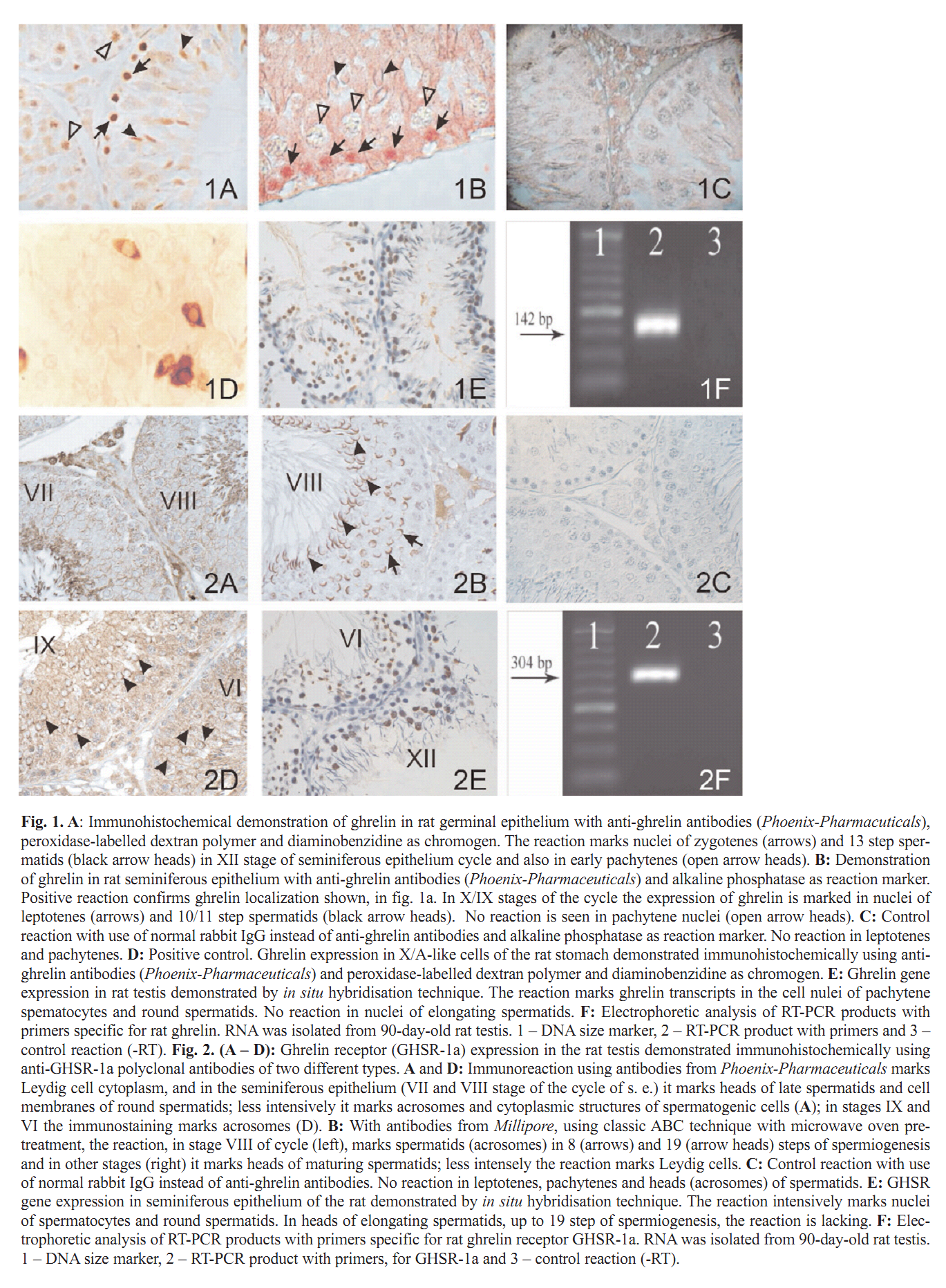| Tag | Content | |||||||||||||||||||||||||||||||||||||||||||||||||||||||||||||||||||||||||||||||||
|---|---|---|---|---|---|---|---|---|---|---|---|---|---|---|---|---|---|---|---|---|---|---|---|---|---|---|---|---|---|---|---|---|---|---|---|---|---|---|---|---|---|---|---|---|---|---|---|---|---|---|---|---|---|---|---|---|---|---|---|---|---|---|---|---|---|---|---|---|---|---|---|---|---|---|---|---|---|---|---|---|---|---|
SG ID |
SG00002071 |
|||||||||||||||||||||||||||||||||||||||||||||||||||||||||||||||||||||||||||||||||
UniProt Accession |
||||||||||||||||||||||||||||||||||||||||||||||||||||||||||||||||||||||||||||||||||
Theoretical PI |
8.77
|
|||||||||||||||||||||||||||||||||||||||||||||||||||||||||||||||||||||||||||||||||
Molecular Weight |
40963 Da
|
|||||||||||||||||||||||||||||||||||||||||||||||||||||||||||||||||||||||||||||||||
Genbank Nucleotide ID |
||||||||||||||||||||||||||||||||||||||||||||||||||||||||||||||||||||||||||||||||||
Genbank Protein ID |
||||||||||||||||||||||||||||||||||||||||||||||||||||||||||||||||||||||||||||||||||
Gene Name |
Ghsr |
|||||||||||||||||||||||||||||||||||||||||||||||||||||||||||||||||||||||||||||||||
Gene Synonyms/Alias |
||||||||||||||||||||||||||||||||||||||||||||||||||||||||||||||||||||||||||||||||||
Protein Name |
Growth hormone secretagogue receptor type 1 |
|||||||||||||||||||||||||||||||||||||||||||||||||||||||||||||||||||||||||||||||||
Protein Synonyms/Alias |
GHS-R GH-releasing peptide receptor;GHRP Ghrelin receptor; |
|||||||||||||||||||||||||||||||||||||||||||||||||||||||||||||||||||||||||||||||||
Organism |
Rattus norvegicus (Rat) |
|||||||||||||||||||||||||||||||||||||||||||||||||||||||||||||||||||||||||||||||||
NCBI Taxonomy ID |
10116 |
|||||||||||||||||||||||||||||||||||||||||||||||||||||||||||||||||||||||||||||||||
Chromosome Location |
|
|||||||||||||||||||||||||||||||||||||||||||||||||||||||||||||||||||||||||||||||||
Function in Stage |
||||||||||||||||||||||||||||||||||||||||||||||||||||||||||||||||||||||||||||||||||
Function in Cell Type |
||||||||||||||||||||||||||||||||||||||||||||||||||||||||||||||||||||||||||||||||||
Description |
Temporarily unavailable |
|||||||||||||||||||||||||||||||||||||||||||||||||||||||||||||||||||||||||||||||||
The information of related literatures |
1. A. Lukaszyk, L. Rafinska, P. Sawinski, A. Kasprzak, K. Olejniczak, M. Rucinski, M. Ruchala and J. Sowinski (2009) Immunohistochemical and hybridocytochemical study on ghrelin signalling in the rat seminiferous epithelium. Folia Histochem Cytobiol 47(3): 415-23. Abstract The results of presented study demonstrate expression of ghrelin, its functional receptor GHSR-1a and their genes in spermatogenic cells of rat testis suggesting their functioning within seminiferous epithelium. The immunohistochemical and hybrydocytochemical expression, of proteins and transcripts, was estimated taking into account the cycle of seminiferous epithelium and phases of spermatogenesis. Both transcripts and ghrelin was found to show nuclear expression and scarcely cytoplasmic. Expression of genes for ghrelin and GHSR-1a was shown in early spermatocytes and round spermatids representing transcriptional phases of meiosis and spermiogenesis. Ghrelin was evidenced to show nuclear expression in two stage-specific windows, in late spermatogonia, in spermatocytes up to early pachytenes, and again in spermatids of acrosome and early maturation phase of spermiogenesis. In late pachytenes, secondary spermatocytes, round spermatids, maturing spermatids and spermatozoa the reaction is lacking. With two types of antibodies against the GHSR-1a used the two different patterns of immunostaining was evidenced suggesting two isoforms of GHSR-1a. The first evidenced GHSR-1a in cytoplasm of spermatocytes, cell membrane and acrosomes of spermatids, Sertoli cell processes and heads of spermatozoa. With second type of antibodies the immunostaining marks all steps of evolution of acrosome in spermatids. It is believed that site of ghrelin expression in seminiferous epithelium may indicate its role in local regulations, not excepting the intracellular signalling. Immunostaining pattern for GHSR-1a seems to suggest both its participation in the cross-talk among the cells and also process of furnishing gametes with GHSR-1a for its response to ghrelin in seminal plasma or female reproductive tract. PMID: [20164026] Back to Top |
|||||||||||||||||||||||||||||||||||||||||||||||||||||||||||||||||||||||||||||||||
Figures for illustrating the function of this protein/gene |
|
|||||||||||||||||||||||||||||||||||||||||||||||||||||||||||||||||||||||||||||||||
Function |
Receptor for ghrelin, coupled to G-alpha-11 proteins.Stimulates growth hormone secretion. Binds also other growthhormone releasing peptides (GHRP) (e.g. Met-enkephalin and GHRP-6)as well as non-peptide, low molecular weight secretagogues (e.g.L-692,429, MK-0677, adenosine) (By similarity). Back to Top |
|||||||||||||||||||||||||||||||||||||||||||||||||||||||||||||||||||||||||||||||||
Subcellular Location |
Cell membrane; Multi-pass membrane protein. |
|||||||||||||||||||||||||||||||||||||||||||||||||||||||||||||||||||||||||||||||||
Tissue Specificity |
||||||||||||||||||||||||||||||||||||||||||||||||||||||||||||||||||||||||||||||||||
Gene Ontology |
|
|||||||||||||||||||||||||||||||||||||||||||||||||||||||||||||||||||||||||||||||||
Interpro |
||||||||||||||||||||||||||||||||||||||||||||||||||||||||||||||||||||||||||||||||||
Pfam |
||||||||||||||||||||||||||||||||||||||||||||||||||||||||||||||||||||||||||||||||||
SMART |
||||||||||||||||||||||||||||||||||||||||||||||||||||||||||||||||||||||||||||||||||
PROSITE |
||||||||||||||||||||||||||||||||||||||||||||||||||||||||||||||||||||||||||||||||||
PRINTS |
||||||||||||||||||||||||||||||||||||||||||||||||||||||||||||||||||||||||||||||||||
Created Date |
18-Oct-2012 |
|||||||||||||||||||||||||||||||||||||||||||||||||||||||||||||||||||||||||||||||||
Record Type |
Experiment identified |
|||||||||||||||||||||||||||||||||||||||||||||||||||||||||||||||||||||||||||||||||
Protein sequence Annotation |
CHAIN 1 364 Growth hormone secretagogue receptor type 1. /FTId=PRO_0000069482. TOPO_DOM 1 40 Extracellular (Potential). TRANSMEM 41 66 Helical; Name=1; (Potential). TOPO_DOM 67 72 Cytoplasmic (Potential). TRANSMEM 73 96 Helical; Name=2; (Potential). TOPO_DOM 97 117 Extracellular (Potential). TRANSMEM 118 139 Helical; Name=3; (Potential). TOPO_DOM 140 162 Cytoplasmic (Potential). TRANSMEM 163 183 Helical; Name=4; (Potential). TOPO_DOM 184 211 Extracellular (Potential). TRANSMEM 212 235 Helical; Name=5; (Potential). TOPO_DOM 236 263 Cytoplasmic (Potential). TRANSMEM 264 285 Helical; Name=6; (Potential). TOPO_DOM 286 302 Extracellular (Potential). TRANSMEM 303 326 Helical; Name=7; (Potential). TOPO_DOM 327 364 Cytoplasmic (Potential). CARBOHYD 13 13 N-linked (GlcNAc...) (Potential). CARBOHYD 26 26 N-linked (GlcNAc...) (Potential). CARBOHYD 187 187 N-linked (GlcNAc...) (Potential). DISULFID 115 197 By similarity. Back to Top |
|||||||||||||||||||||||||||||||||||||||||||||||||||||||||||||||||||||||||||||||||
Nucleotide Sequence |
Length: 3129 bp Go to nucleotide: FASTA |
|||||||||||||||||||||||||||||||||||||||||||||||||||||||||||||||||||||||||||||||||
Protein Sequence |
Length: 364 bp Go to amino acid: FASTA |
|||||||||||||||||||||||||||||||||||||||||||||||||||||||||||||||||||||||||||||||||
The verified Protein-Protein interaction information |
| |||||||||||||||||||||||||||||||||||||||||||||||||||||||||||||||||||||||||||||||||
Other Protein-Protein interaction resources |
String database |
|||||||||||||||||||||||||||||||||||||||||||||||||||||||||||||||||||||||||||||||||
View Microarray data |
Temporarily unavailable |
|||||||||||||||||||||||||||||||||||||||||||||||||||||||||||||||||||||||||||||||||
Comments |
||||||||||||||||||||||||||||||||||||||||||||||||||||||||||||||||||||||||||||||||||
